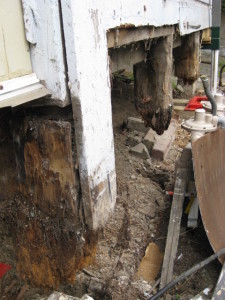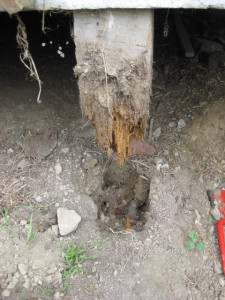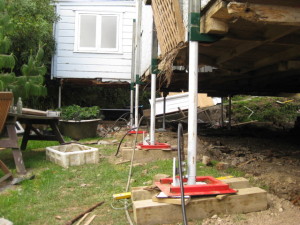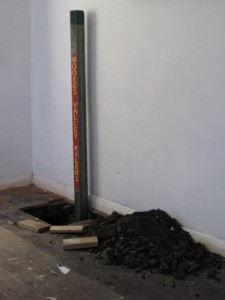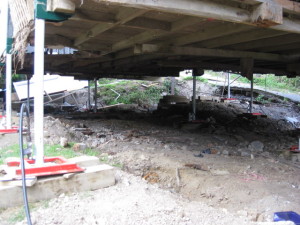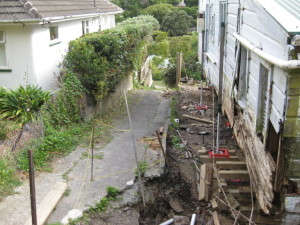The Building Report Says There is a Problem…
Written by Claire on . Posted in Building Inspection, House Buying Information
It is always a good idea to get a building inspection before you commit to buying a house – either before making an offer or as a condition in your sale and purchase agreement.
When you get a building inspection done you are hoping that everything comes out OK, with maybe the odd minor maintenance issue identified here or there in the building report – but what if there is something unexpected, something big, something that leaves you dazed and confused? Here is a summary of our advice on what to do…
First things first – are you still thinking of buying the house? If not – this is the easy bit – walk away! Tell your lawyer you are not going unconditional, or just don’t make that offer – easy! Or maybe not so easy as you have already invested time, money and emotion into the house...
So you are still interested in buying the house. Now you need to work out how serious the problem is – a good person to question initially is your building inspector – you need to make sure that you fully understand the problem that they have identified in the building report. Remember, your building inspector is not an expert in all aspects of building so if a particular problem has been identified it is best to speak to, or get quotes from, an expert in the area.
Now that you have the full picture of the extent and cost of the problem you can make a decision with all the facts to hand. Now you can walk away, or continue as if nothing has changed, or begin re-negotiations with the vendor - either negotiating down the price or asking the vendor to fix what is wrong with the house.
If you have obtained this building inspection before even beginning negotiations you are now in a much stronger negotiating position. You can start price negotiations fully armed with exactly what is going on with the house and adjust your price accordingly.
If you and the vendor come to an agreement that involves the vendor having to complete work, or anything changes on a previously agreed sale and purchase agreement, or anything else at all, this needs to be formalised in the sale and purchase agreement by your lawyer.
Finding something wrong during a building inspection is the main reason why you need to give yourself plenty of time to get a building inspection done – at least 5 working days is a minimum! You never know what you are going to find, and what processes you are going to have to go through after getting the building inspection and reading the building report. So give yourself plenty of time and don't rush any decisions.
For a more comprehensive rundown of your options when there is something wrong with the building inspection – head here.
We have more great advice, tips and information about house buying in our house buying guide - make sure to check out the section 'I've found a house!'





